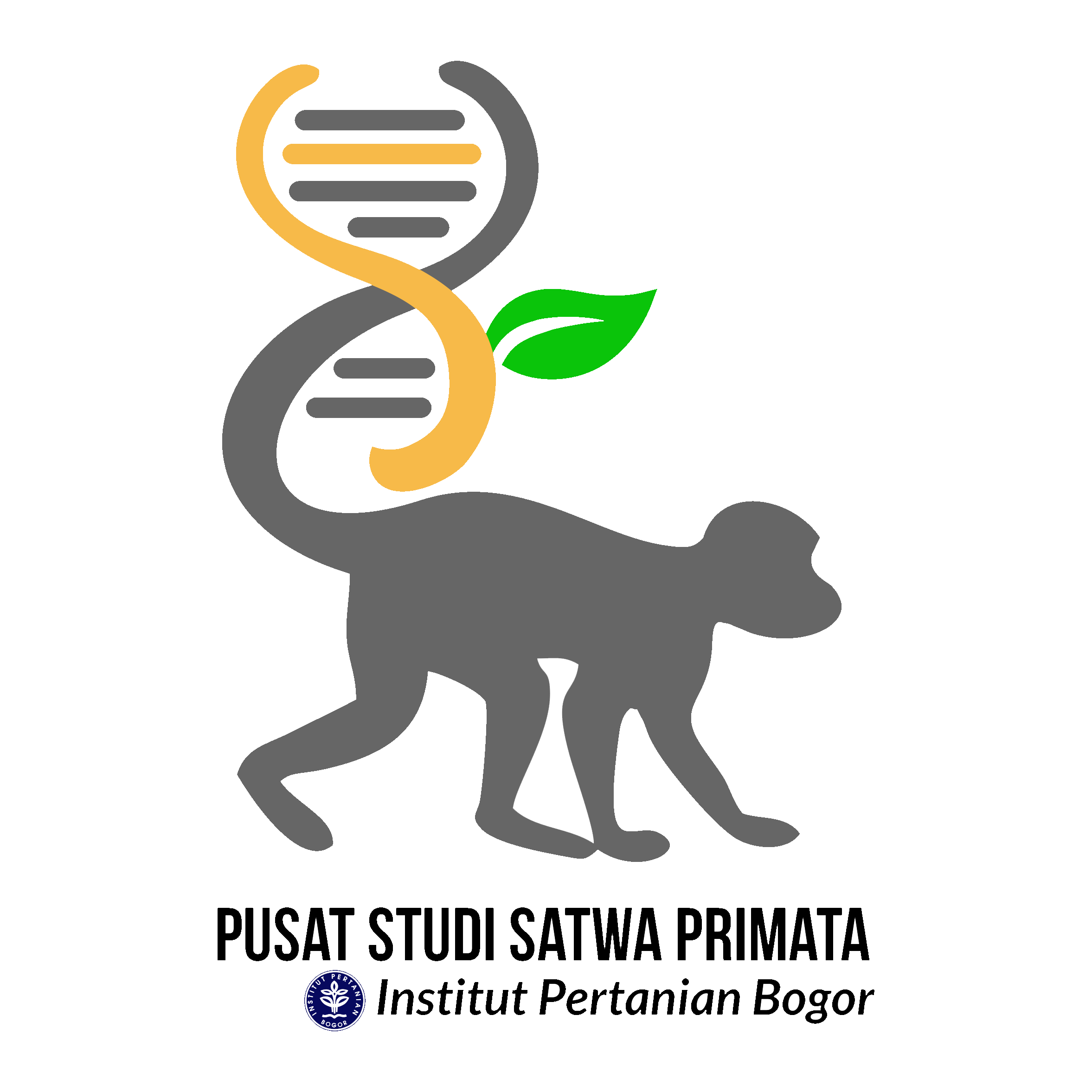Morphometric Analysis of Growth in Captive-bred Pig-tailed macaque (Macaca nemestrina Linnaeus 1766)
Abstract
ABSTRACT
The pig-tailed macaque has a high vulnerability to human infectious disease pathogens as well as nonhuman primate viruses, making it a good animal model for biomedical research. The goals of this research are to better understand the morphometric and growth rate variations between male and female pig-tailed macaques living in tropical captivity as their natural climate, which will be useful in developing research techniques as well as modifying and developing equipment and instruments.
The research was carried out on captive pig-tailed macaques born and kept at the Research Animal Facility in Lodaya (RAF-L) Primate Research Center IPB University (PRC-IPB). The characteristics were separated into four categories: head size, torso, upper limb, and lower limb. During the study period, 70 animals were measured, 32 males and 38 females. The repetition of measurements at distinct timepoints according to body development varies for each individual depending on the animal's situation at that time.
There was no visible difference in body and extremity sizes between male and female animals between the ages of 1 and 4 years. Males' head proportions appear to expand consistently in height and width after they are beyond 2 years old, in contrast to females. The growth trend of females tends to decrease from one year of age until sexual maturity, in contrast to males which show a growth spurt at the ages of 1 and 4 years. Differences in size and growth rate indicating sexual dimorphism are visible after the female reaches sexual maturity.
Copyright (c) 2024 Indonesian Journal of Primatology

This work is licensed under a Creative Commons Attribution-NonCommercial 4.0 International License.
As our aim is to disseminate original research articles, hence publishing rights is necessary. The publishing right is needed in order to reach an agreement between the author and publisher. As the journal is fully open access, the authors will sign an exclusive license agreement, where authors have copyright but license exclusive publishing rights in their article to the publisher. The authors have the right to:
- Share their article in the same ways permitted to third parties under the relevant user license.
- Retain patent, trademark, and other intellectual property rights including research data.
- Proper attribution and credit for the published work.
For the open access article, the publisher is granted the following rights.
- The exclusive right to publish the article, and grant rights to others, including for commercial purposes.
- For the published article, the publisher applied for the Creative Commons Attribution-NonCommercial-ShareAlike 4.0 International License.

This work is licensed under a Creative Commons Attribution-ShareAlike 4.0 International License.















